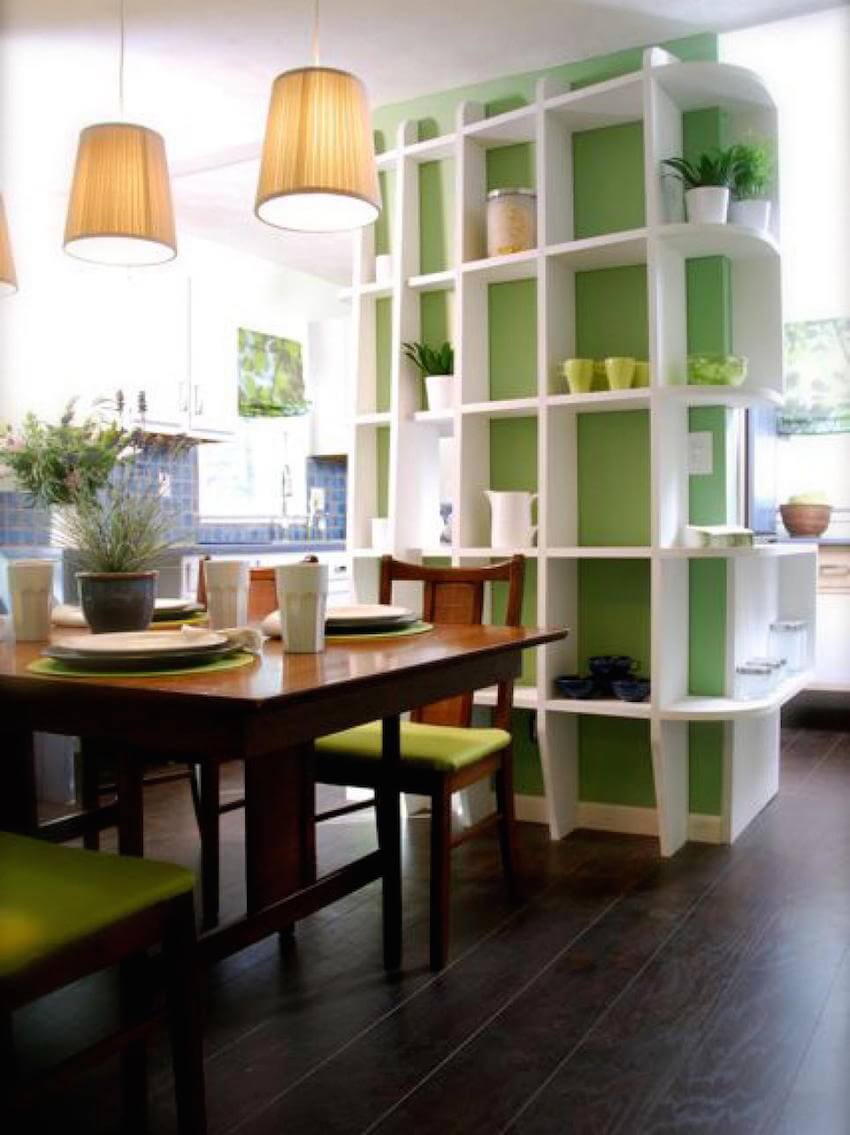Unless you’re a fan of the tiny house movement, no one chooses to live in a small space. But if you’re already in a small space, it’s important to figure out how to get the most use out of the space, be it the bathroom or your entire apartment.

And it’s not as hard as you might think to make a small space work. With a few design tips, some key pieces of furniture, and an eye for the creative, you can easily become your own interior designer (and if you get really lost, a professional can help you out, too). So instead of saving up for a super expensive, slightly bigger living situation, why not invest in the one you have?
Key Design Tip 1: Everything Has a Place

While this might seem more like a tip on ‘how to stay organized,’ it can actually make a huge difference in a small space. Limited square footage in an office or limited counter space in a kitchen means even a little bit of clutter severely diminishes the open space you have.
By giving everything a designated space (and making sure it ends up there), you can keep clutter from piling up and taking over that one counter you have to prep food on. It might mean investing in some smart storage solutions, installing new cabinets or free standing shelves, or using multipurpose furniture - think storage ottomans, for instance.
Key Design Tip 2: Coordinate Colors

While you can get away with keeping that leftover couch that doesn’t quite “go” with the rest of the room in a large living room, a small living room requires a bit more coordination. Out of place colors and styles will seem very out of place and will be more likely to catch the eye, which is exactly what you don’t want.
As you design your own small space, make sure you coordinate the colors you plan to have in the space; this doesn’t mean they should match exactly, but everything should flow. Use complementary colors for added visual interest and coordination.
Some say you should never use dark colors in a small space, but that’s not necessarily true - if you do plan to use dark colors, try using them as focal points to make sure they’re not overwhelming the space and making it feel darker.
Key Design Tip 3: Make Use of Light

Step 1: Add more, better lighting. Lighting in a small space can be broken into two sections; this first section has to do with the actual lights in your small space.
When the lighting is sub-par, it creates dark nooks and crannies that don’t feel super inviting, and can make the space feel even smaller, if you can believe it. Natural lighting is great if you’ve got a window, but even if you don’t, using a mixture of ambient and accent lighting can help light up your small space.

Step 2: Use mirrors effectively. The Washington Post claims that “mirrors can help a small space breathe” and that visual manipulation plays a large part (75%) in decorating small spaces.
Mirrors are helpful because they reflect light back into the room, on top of giving your eyes the impression that there’s more space than there actually is. You can use a large mirror as a statement piece or a series of smaller mirrors of different shapes and sizes. Again, make sure the style of mirror fits in with the rest of your interior design, and don’t completely cover the walls with mirrors, but have fun with using a few outside of the bathroom.
Any tips you want to share about decorating small spaces? Let us know in the comments below! Or talk to us on Facebook!
